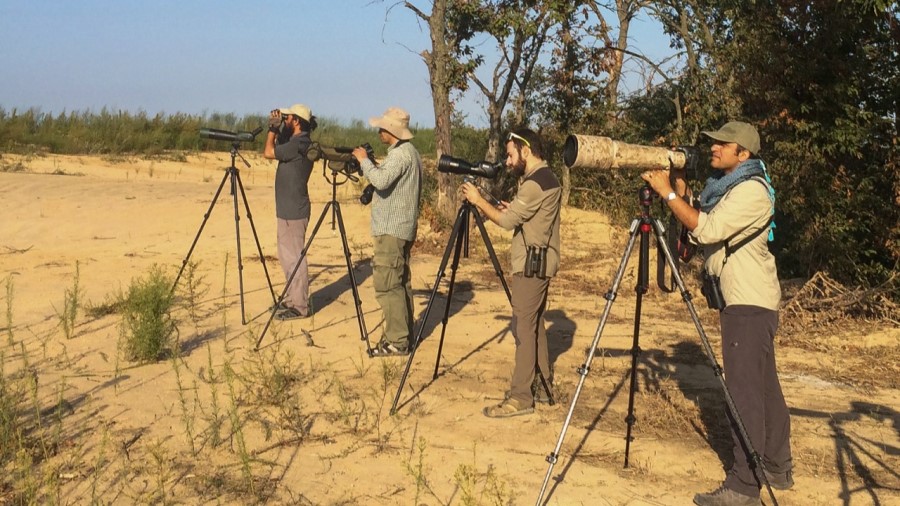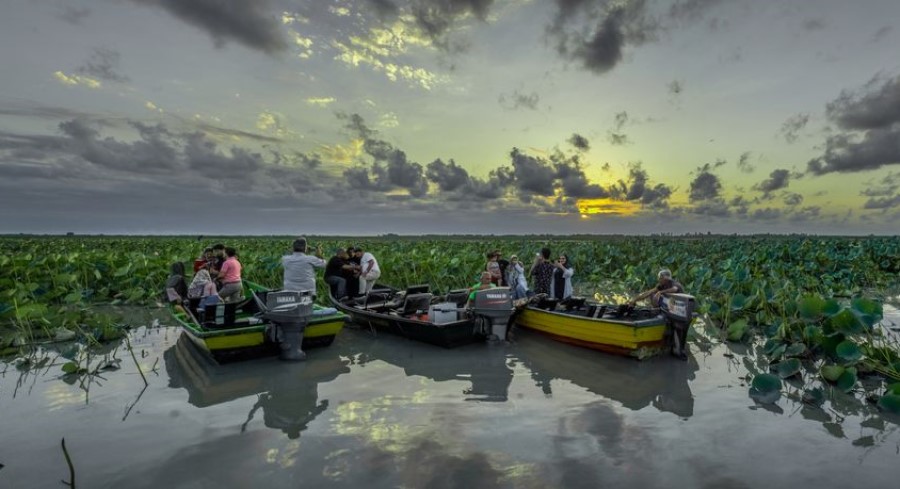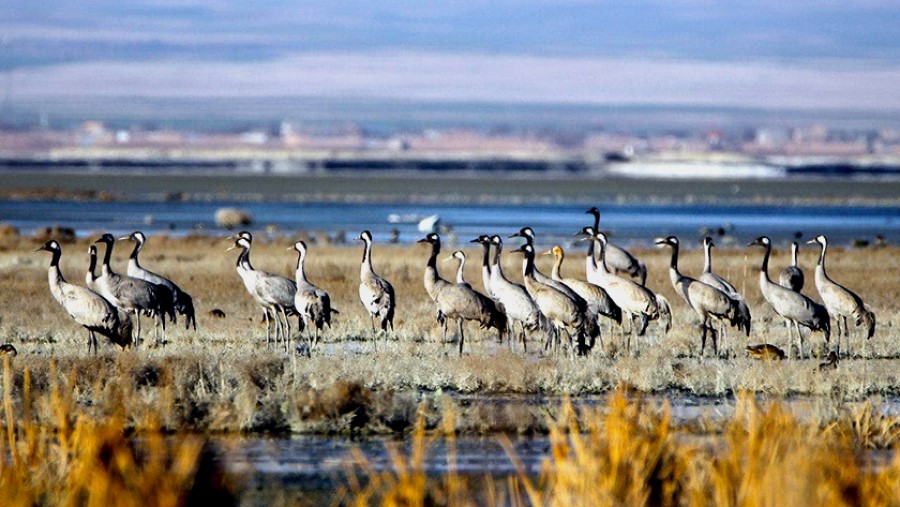Tour operators and enterprises in Iran offer bird-watching trips as one of the most popular nature activities. These brightly colored feathered companions arouse wanderlust and are occasionally used to select trip destinations. In recent years, bird-watching has become one of Iran’s most popular eco-tourism activities. Contrary to popular belief, you do not require a precise skill for bird-watching, all you need is a great set of binoculars and cameras to focus on these incredible and sometimes rare creatures. The best places to go bird watching in Iran are listed below.
Top Birdwatching Destinations in Iran
Khar Touran National Park

Iran’s Khar Turan National Park, also known as the Touran Wildlife Refuge, is located southeast of Shahrud in the Semnan province. It is Iran’s second largest reserve, covering 1,400,000 hectares (14,000 km2). Turan National Park and Wildlife Refuge, also known as “Little Africa” in Iran, is the world’s second biosphere reserve (biosphere reserves are protected areas of ecosystems that promote solutions to reconcile biodiversity conservation with sustainable use).
Turan National Park and Wildlife Refuge is one of the most amazing expanses to observe the mysteries of the wildlife native to Iran’s arid and semi-arid regions. This park, which is the country’s second-largest reserve, has dry highlands, lowlands, slopes, dunes, and endless plains great destinations for watching the Pleskes Ground Jay (Podoces pleskei) which is endemic to Iran deserts.
Location: Khar Turan National Park
Anzali Lagoon

Most Iranians have headed out to Gilan province to visit the Anzali Lagoon. Yet, even Iranians may not realize that this wetland is one of the best bird-watching destinations in Iran. Water lilies, reeds, and sea tulips make a great perspective on the wetland. Sailing, fishing, and bird watching are the absolute most well-known exercises you can insight nearby.
In Anzali Lagoon, you can watch birds like; White-headed duck, Ferruginous duck, Dalmatian pelican, Great black–headed gull, Marsh harrier, Whooper swan. On the off chance that you take a nature visit in the spring, you will get the opportunity to see transient bird chicks very close because numerous transitory birds lay eggs in certain areas in Iran, like Anzali Lagoon.
Location: Anzali Lagoon
Miankaleh Wildlife Sanctuary and Wetland

Miyankaleh Wetland is a long, thin peninsula in Behshahr County, Mazandaran Province, Iran, located in the Caspian Sea’s extreme south-east corner. The peninsula stretches for 48 kilometers (30 miles) and is between 1.3 and 3.2 kilometers (1,400 and 3,500 yards) wide.
Miankaleh Lagoon is a world-renowned international lagoon and one of the world’s 12 biosphere reserves. This is Iran’s bird-watching heaven, with uncommon birds from all over the world to be viewed.
Flamingos, herons, pelicans, fowls, and swans are among the country’s most essential and valued water birds and drought survivors. Also, keep an eye out for the amazing wild horses that roam the area.
Location: Miyankaleh wetland
Mighan Lagoon, Arak

Mighan Lagoon, in the centre of a 100-hectare desert in Arak (central Iran), Mighan Desert is literally responsible for purifying the air in Arak, and the city’s watercourses flow into it.
Iran Mineral Salts Company has obtained the right to extract from the mines of Mighan Wetland, which is the country’s greatest source of Sodium Sulfate. In terms of tourism, this Lagoon is one of Iran’s most prominent ecotourism and bird-watching destinations.
Location: Mighan Lagoon
Zarivar Lagoon

As well as being perhaps the best sight in Kurdistan, Zarivar wetland is otherwise called the most appealing bird-watching area in Iran. Water lilies with white blossoms and tall reeds in the southeastern part have given Zarivar a marvelous view. The water of the wetland is new and provided from springs and rainfalls. During most winters, the outer layer of the lake freezes totally. Consistently, numerous transitory birds like swallows, ducks, storks, and some less-seen species, for example, the spotted cuckoo, move to this wonderful wetland.
Location: Zarivar Lagoon

